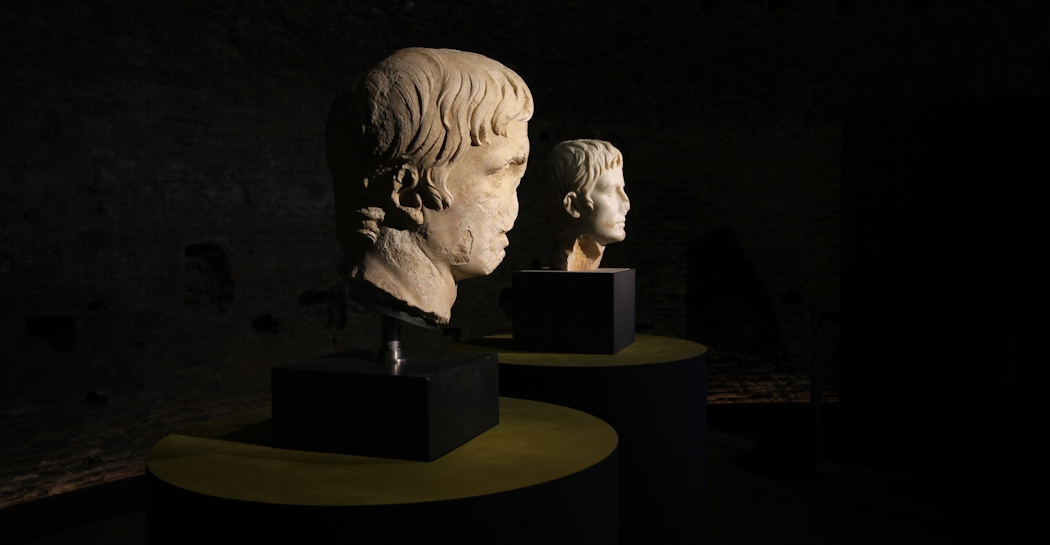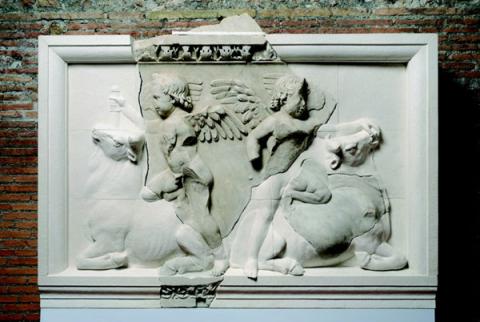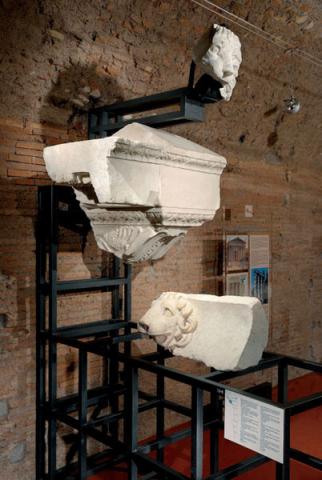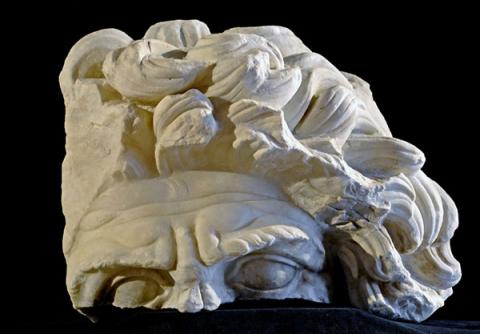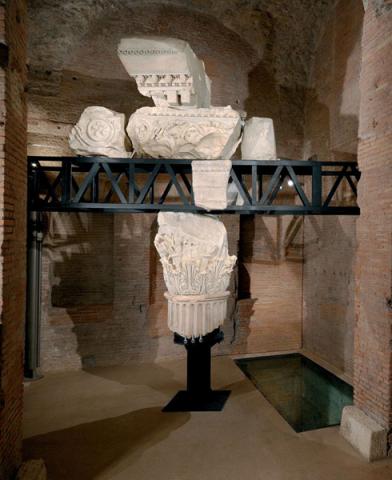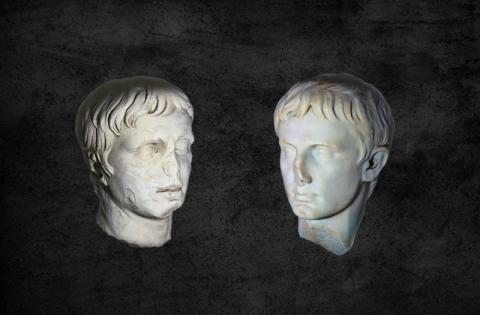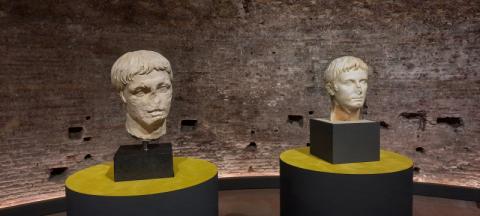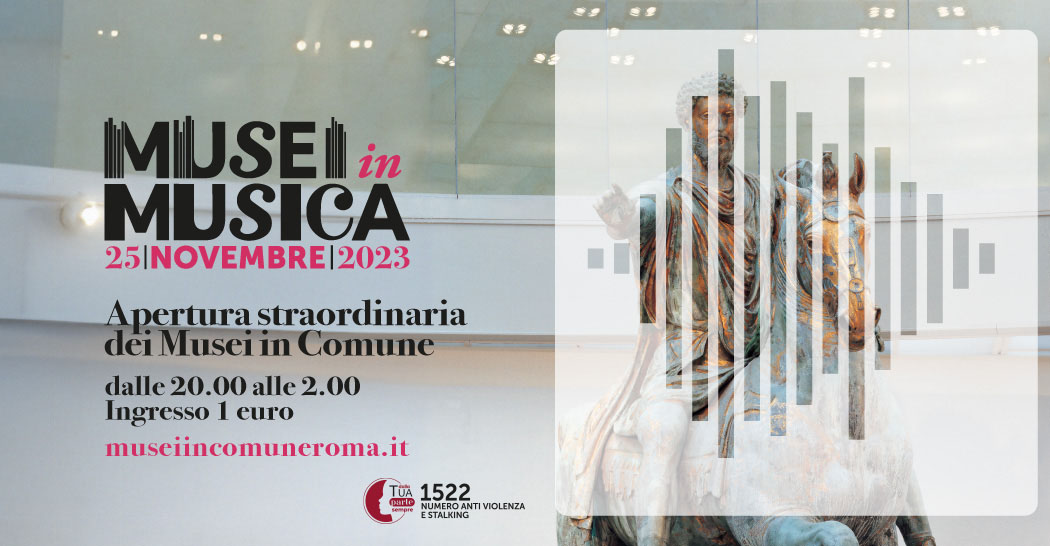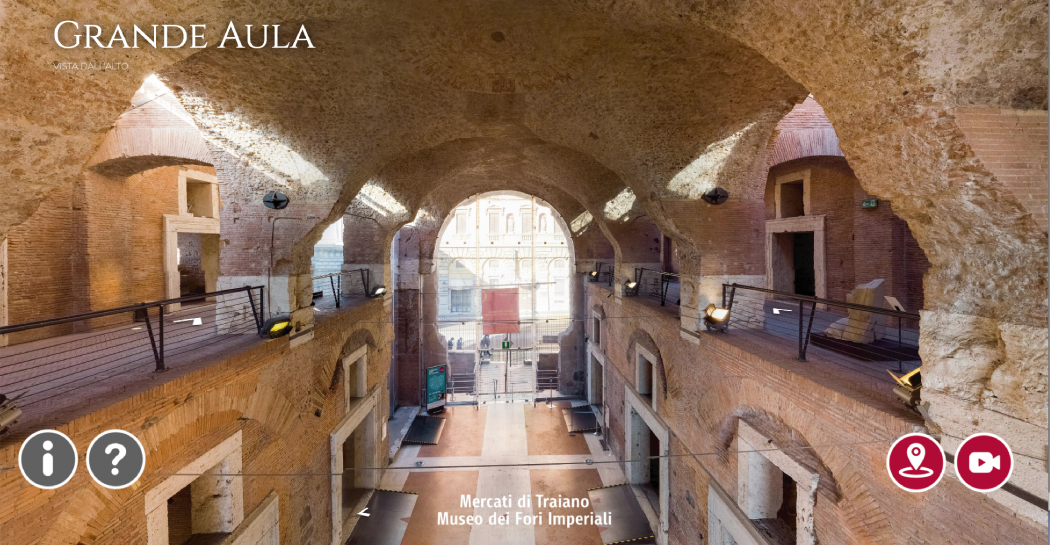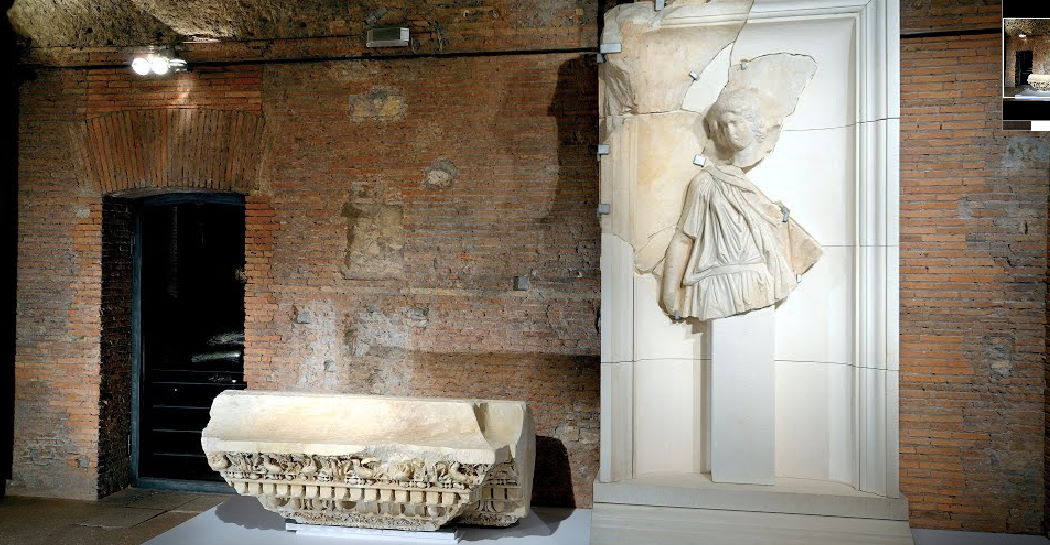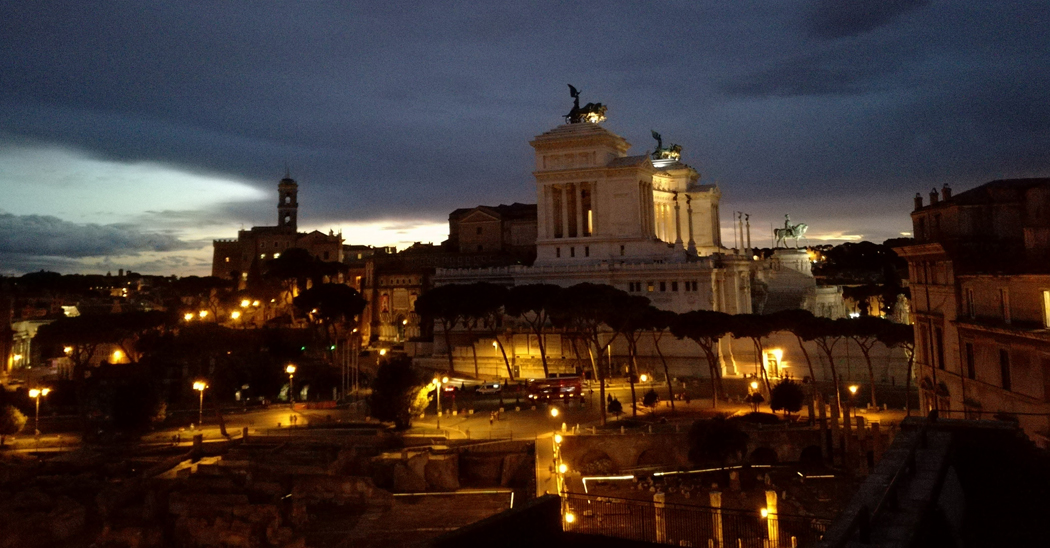Imago Augusti. Due nuovi ritratti di Augusto da Roma e Isernia
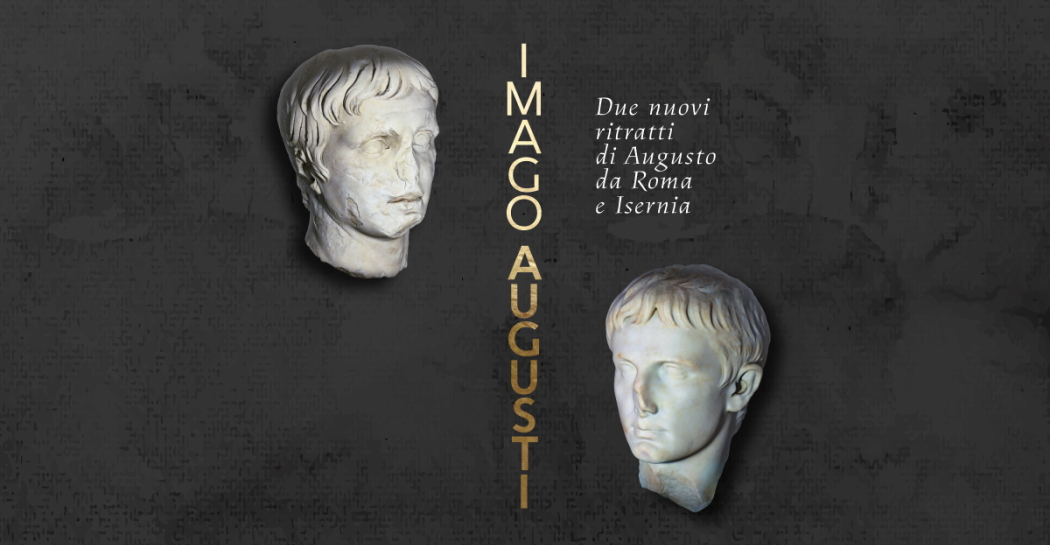
The exhibition includes two previously unpublished portrait heads of the Emperor Augusto recently discovered during the archaeological excavations in Roma and Isernia.
An ideal and iconographic exchange between two marble sculptures, the portrait of the young Ottaviano, who later became Augusto, and the portrait of the first emperor of Roma already honoured with the name Augusto, who became part of his name, is proposed by the exhibition 'Imago Augusti. Due nuovi ritratti di Augusto da Roma e Isernia'.
The project is the result of the scientific collaboration between the Sovrintendenza Capitolina ai Beni Culturali and the Soprintendenza Archeologia, belle arti e paesaggio per il Molise, joined in this particular project by the exceptional discovery of two portraits of Augusto recently discovered in Rome and in Isernia that, for their high iconographic and stylistic importance, can offer a valid and interesting input at the public in the area of studies on the image and history of the ever-present figure of the emperor.
There are many points in common between the two artworks, starting with their recent and unexpected discovery in 2019 and 2021, during the archaeological excavations in the central areas of Roma, in the Foro di Traiano, and in Isernia, in the presumed area of the ancient foro, until their common use during the Middle Ages as "pure material" for building and even waste, the identity of the character represented and, last but not least, the high artistic quality of the two specimens.
For these aspects, the exhibition Imago Augusti, after the Roman event at the Museo dei Fori Imperiali at the Mercati di Traiano, will also be displayed in Isernia, from December 2023, at the Museo Archeologico di Santa Maria delle Monache.
The exhibition itinerary explores the subjects related to the two portraits: the discovery, the contexts and methods of the works' reinvestment, the iconography and political value of the portraits, and the figure of the emperor. All these contents are proposed in an immersive way, through the use of video projections, which, in parallel, make it possible to enter the excavation in Via Alessandrina, journey through the landscapes in Molise down to Isernia and, finally, relive the emotion caused by the two unexpected discoveries.
The recent excavation in Via Alessandrina, in the area of the Foro di Traiano, continued a more extensive project to investigate the Fori Imperiali conducted during the Jubilee years of the year 2000.
The discovery of Augusto' head in the archaeological site at Isernia took place during the restoration of a part of the city walls that had collapsed due to a violent storm in March 2013.
The particular details of these discoveries cannot provide any certain information about the original context of the portraits and thus about the specific political and ideological message they must have conveyed. It is undeniable, however, that these are two unique masterpieces that insert themselves with good reason in the already rich panorama of images of the princeps, whose wide diffusion in Urbe and in the peripheral Italic areas is historically qualified as functional to the construction of an ever-widening consensus in the territories of the empire.
In the historical, iconographic and style analysis of the two portraits, the analysis of the physical details allows them to be framed in two different moments: in the representation of Via Alessandrina, a young Ottaviano shows the strong and resolute character of Giulio Caesar's descendant; in the other, one can see the more aged and reflective dimension of the man who had become the holder of unlimited power. The figurative language elaborated between 40 and 38 B.C. for the little more than 20 years old Ottaviano is in fact evolving into that of the now established politician on whom the Senate decided in 27 B.C. to confer the honorary title of Augusto, which was to become an integral part of his name.
On the basis of the different chronological periods of the portraits and the impressive half-elliptical space structure, the last room of the Museo dei Fori Imperiali has been designed as a theatre where visitors, at regular timetables, can watch a fictional dialogue between the two souls of Augusto, and the opposition between a young and idealized character and a more mature and pragmatic one, giving voice to an ever-present contrast. An exhibition formulation able to involve a different and wide public through the innovative experience of theatralisation, where the exhibits become 'talking' objects that interact with each other and with the public.
The exhibition is an accessible and inclusive cultural promotion project in many respects.
Through the dedicated service of the Dipartimento Politiche Sociali e Salute - Direzione Servizi alla Persona, which has been contracted out to the Cooperativa Sociale Onlus Segni di Integrazione - Lazio, the texts of the theatrical dialogue and the educational panels have been translated into LIS (Italian Sign Language), recorded and can be used free of charge through QR codes. In the same time, in order to provide access and mobility in the exhibition rooms for the visually disabled, life-size synthetic marble copies of the two portraits of Augusto have been made on 3D models, with captions in Italian/English and Braille alphabet, and a plan with the exhibition route in Italian and Braille alphabet. The education offer will be completed by guided tours ( to be defined) accompanied by specialised operators and integrated workshops.
Also scheduled after the summer is the new calendar of "Martedì di Traiano" dedicated to further exploration of themes related to the exhibition and, more generally, to the figure of Augusto and his images.
Information
29 June - 26 November 2023, EXTENDED TO 5 MAY 2024
Every day 9.30 - 19.30
Last admission one hour before closing time
Closed: 1 May and 25 December
Before planning the visit, CONSULT THE NOTICES
Access to the exhibition is granted to holders of a ticket according to the current rates
Free admission with MIC card
Call. 060608 (every day 9.00 - 19.00)
Promoted by
Roma Culture, Sovrintendenza Capitolina ai Beni Culturali, and Ministero della Cultura, Soprintendenza ABAP Molise
Curated by
Claudio Parisi Presicce, Beatrice Pinna Caboni, Dora Catalano and Maria Diletta Colombo
Organized by
Zètema Progetto Cultura
Catalogo
Press Room
Gallery
Eventi correlati
1014422
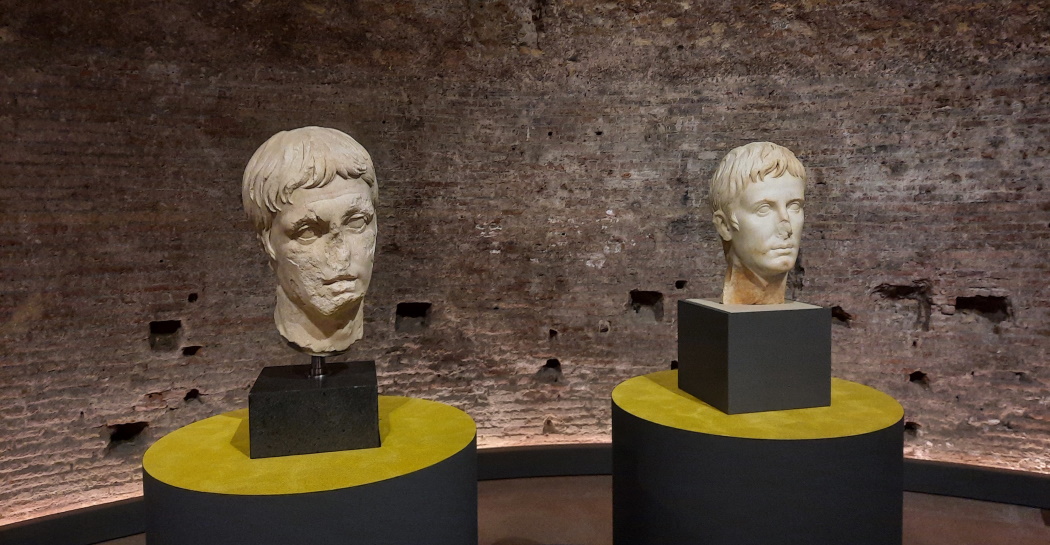
1014191
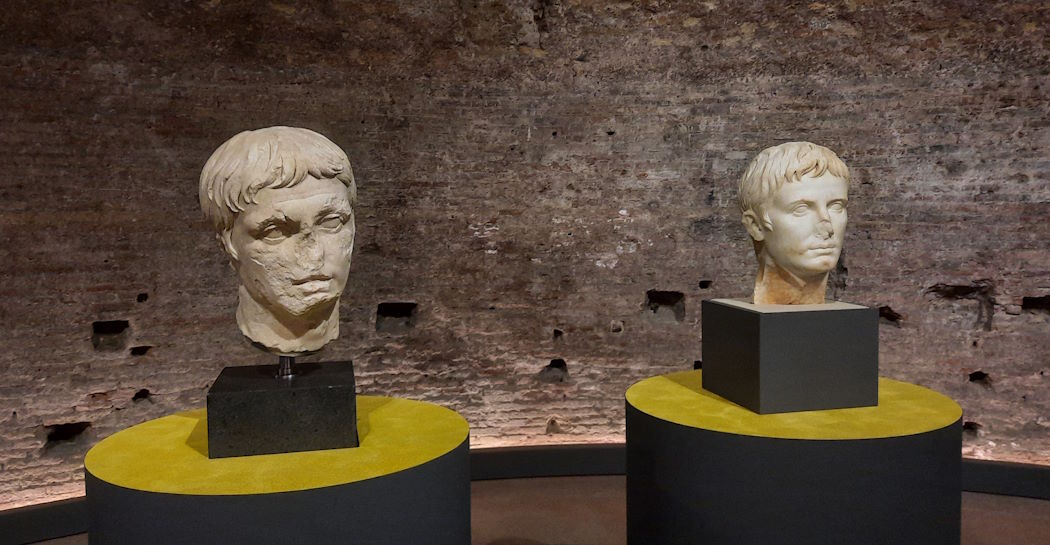
1013785

1013744
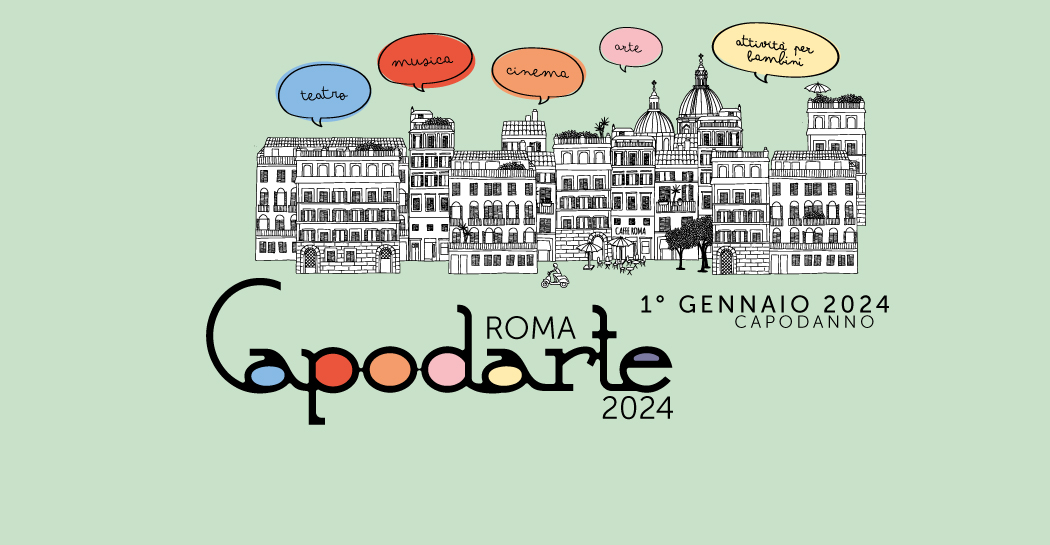
1013719
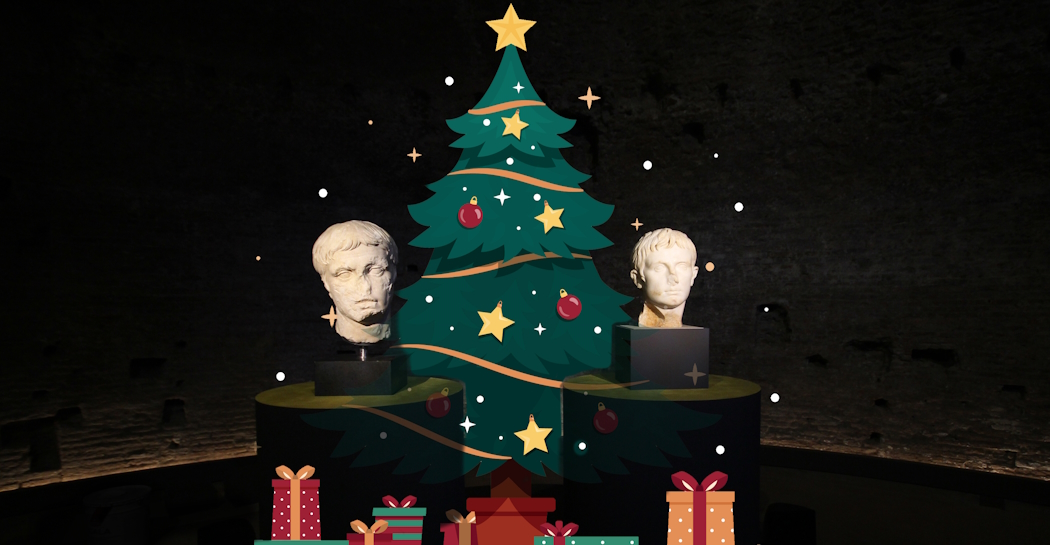
1013273
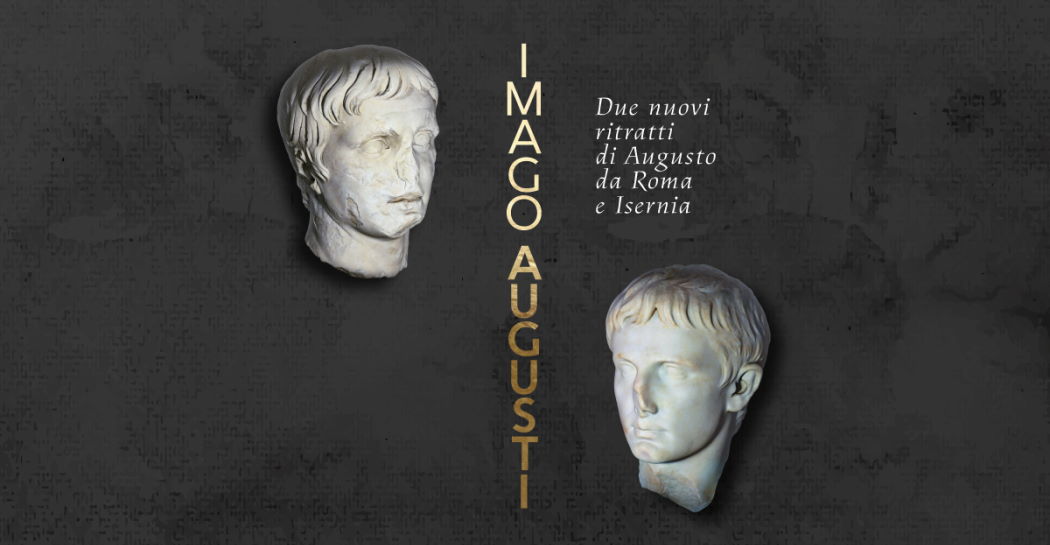
1013255
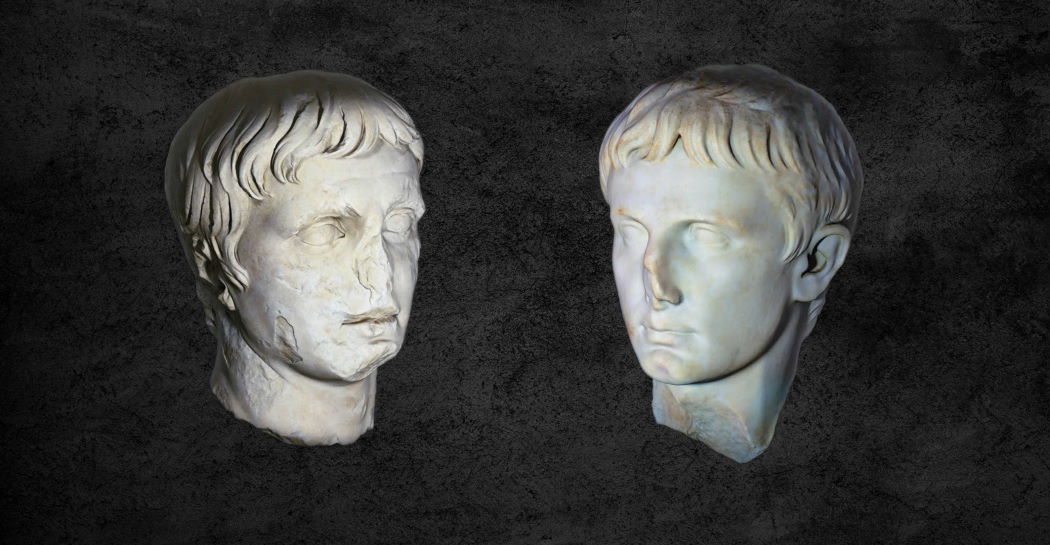
1013254

1013253

1013220
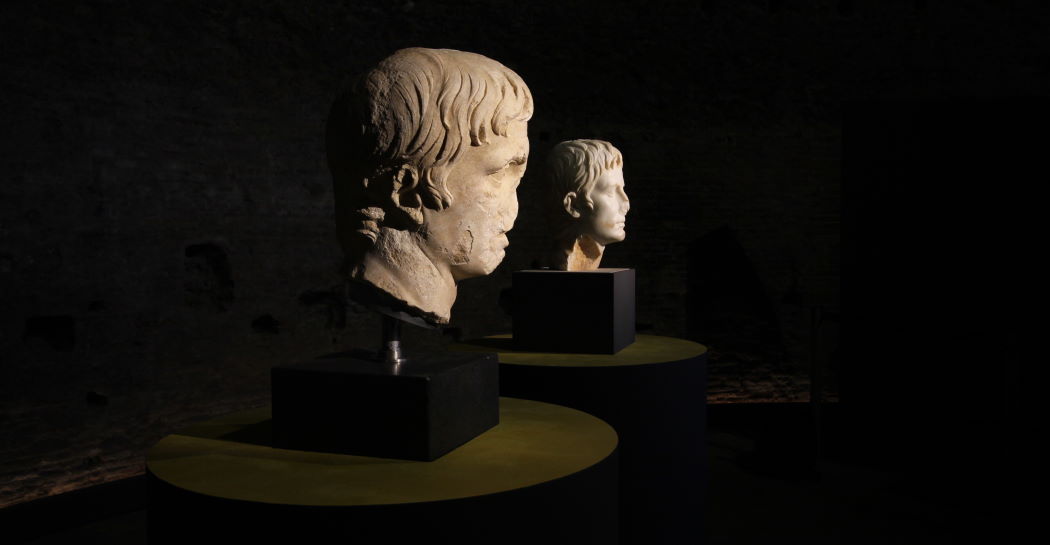
1012740

1012700
